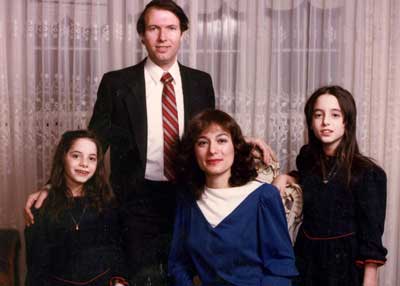October 19, 2007
By ALAN FEUER
The Racketeer Influenced and Corrupt Organizations Act — known as RICO — was signed into law by President Richard M. Nixon in October 1970. Wielded mainly, though not exclusively, as a sword against the Mafia, it holds in its most basic terms that a person or group of people who commit certain crimes as part of a conspiracy or criminal enterprise can be charged with racketeering.
The law has been used against defendants like Funzi Tieri, who once ran the Genovese crime family, and Michael R. Milken, the junk bond financier, and, over the years, has spawned a voluminous literature about what constitutes an “enterprise” or a “conspiracy.”
Yesterday, another debate on just those themes took place as the opposing sides in the so-called Mafia cops corruption case gathered in a federal appeals court in Manhattan to argue whether the convictions of two former New York City police detectives found guilty of killing for the mob last year should stand.
During that debate, at the Second Circuit Court of Appeals, federal prosecutors argued that the convictions, which were overturned last year, should be reinstated because the killings — some as far back as 20 years — were part of the same ongoing enterprise as a small-time drug transaction in Las Vegas two years ago.
The defense argued that there was no continuing conspiracy and that the government had patched together two separate sets of crimes to bolster its case. The three-judge panel will now consider the arguments and rule on whether the convictions should be reinstated.
After a made-for-celluloid trial (with locations as diverse as a senior citizens center in Las Vegas and the parking lot of a Brooklyn Toys “R” Us), the two detectives, Louis Eppolito and Stephen Caracappa, were convicted in April 2006 of killing at least eight men for the mob in one of the most spectacular cases of police corruption in the city since Lt. Charles Becker went to the electric chair for murdering the bookmaker Herman Rosenthal in 1915.
Almost as spectacular as the trial itself was its aftermath, when the district judge who heard the case in Brooklyn, Jack B. Weinstein, overturned the convictions.
He ruled that the government’s case had stretched racketeering law “to the breaking point” and that the five-year statute of limitations on conspiracies had run out.
From the start, it was unclear if Judge Weinstein was going to accept the government’s central premise in the case: that the eight brutal murders the two detectives were accused of committing in Brooklyn in the 1980s and early 1990s were related to the single ounce of methamphetamine they were later caught selling in Las Vegas, years after they had retired from the force and had left New York. Though the government said the crimes were part of the same “ongoing criminal enterprise,” the defense contended that the prosecutors had “bootstrapped” the drug charges to the murder charges to “freshen up” the case.
Yesterday, one of those prosecutors, Mitra Hormozi, found herself peppered with questions from three judges who were trying to determine the exact nature of what the government has called the Eppolito-Caracappa enterprise.
The government concedes that the two men did not commit a crime together from their last murder in 1991 until 2005, when they were caught on videotape arranging the drug deal in Las Vegas, but Ms. Hormozi suggested that the conspiracy survived because the men maintained a desire to make a quick, illicit dollar and because they kept their enterprise a secret.
She also suggested that, in terms of personality, Mr. Eppolito (a gregarious salesman) and Mr. Caracappa (a sullen brooder) continued to play the same roles in each other’s lives in Las Vegas as they had in Brooklyn when they worked for the police.
Daniel Nobel, Mr. Caracappa’s lawyer, found this ridiculous, saying that certain “personality traits” in “a mere friendship” were not enough to constitute a criminal enterprise.
Joseph Bondy, Mr. Eppolito’s lawyer, said that the drug deal in Las Vegas and money-laundering that his client was accused of there were “completely sporadic disparate acts utterly unconnected to the New York acts.”.

